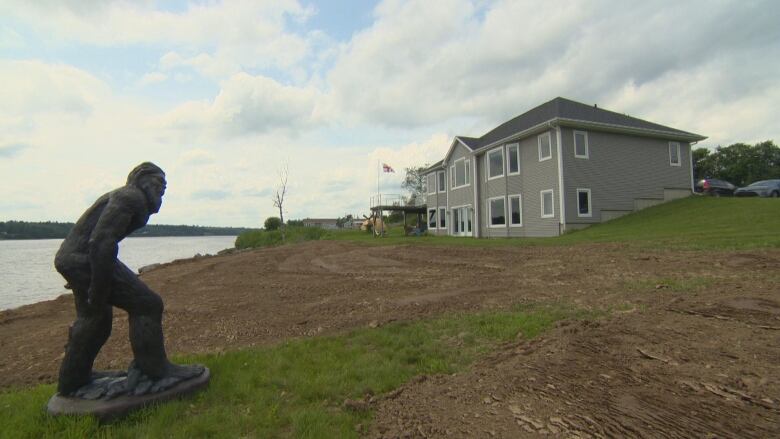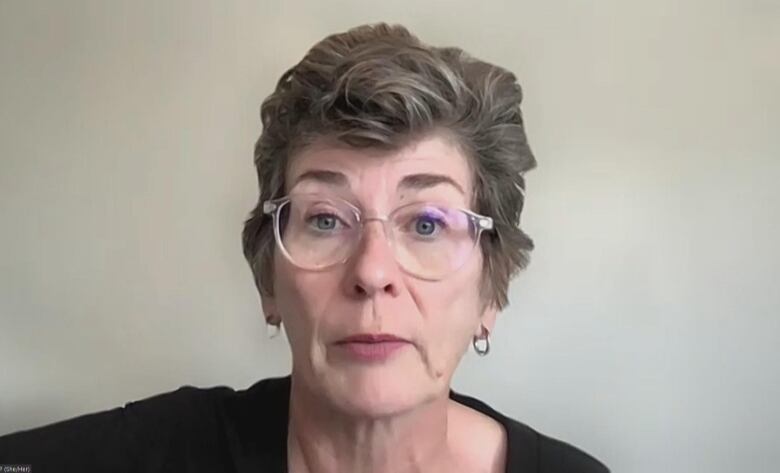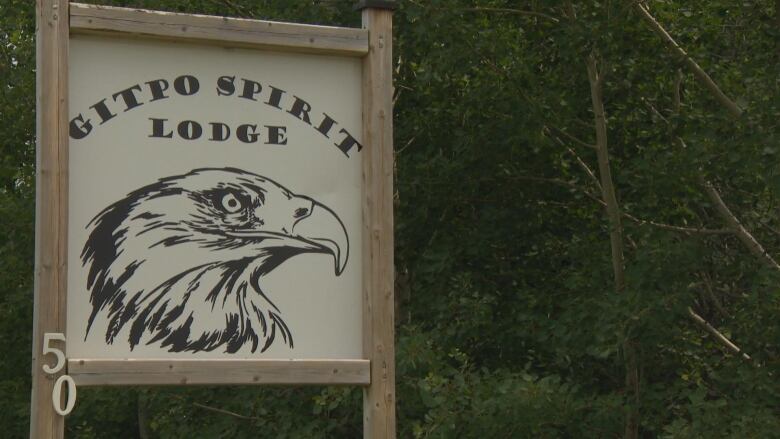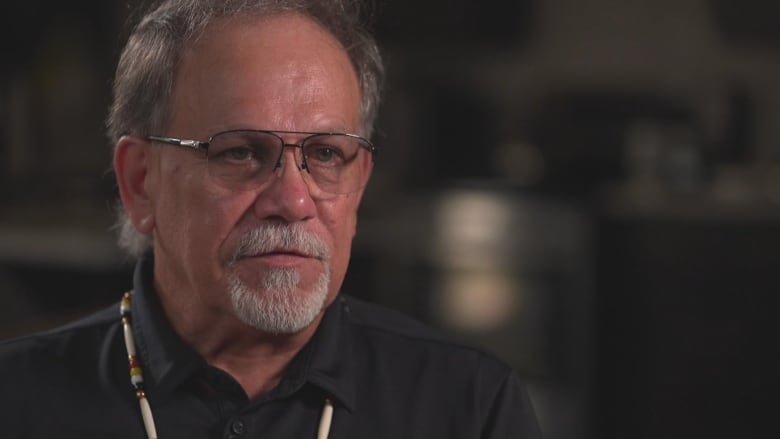A place for healing: Gitpo Spirit Lodge tries new way to help people with addictions
The project at Natoaganeg First Nation has received $1.2 million from Health Canada

At Natoaganeg First Nation next to the powwow grounds, the Miramichi River glistened under the sun.
Looking out on the water from the picture window in the Gitpo Spirit Lodge, Roger Augustine reflected on what makes the space perfect for healing.
"This place here is just it's ideal," Augustine said. "Everyone that's been here the past couple of years has said, 'I can feel the peace here.' We have the sweat lodge out there and eagles flying around here all the time."
Augustine, a former regional chief for the Assembly of First Nations and of Natoaganeg, also known as Eel Ground First Nation, is the president of the spirit lodge and for years has been committed toreduce the harm associated with drug and alcohol use.
When he was28 years old, Augustine was struggling himself.
"I lost, you know, not only material things, but my family," he recalled. "I hadnothing. Not even driver's licence, not even a job.
"One day, I woke up that morning and I said, 'I think I'll quit this for a while.' And tried it for six months and got up on the sixth month, which was July [and] I told my wife, 'I think I'm going to quit forever, and forever is still going on."
It's not just important to us it has potential to really help beyond this.- George Ginnish, Natoaganeg chief
Forty-seven years later, he's still sober.
Augustine wanted to do something for people like him. He started a drug and alcohol education program for school kids at Natoaganeg, whichsoon spreadacross Canada. From there, he started helping set updrug and alcohol treatment centres, including the Rising Sun Treatment Centre at Natoaganeg.
Now Augustine is working on a new program that will start patients on low doses of medical cannabis to help those who have been relying on abetter known approach calledopioid agonist therapy.
Opioid agonist therapy uses medications such assuboxoneandmethadone to treat opioid addictions. Methadone prescriptions are currently administered through theNatoaganeghealth centre.
$1.2 million from Health Canada
The new program will be run by the Gitpo Spirit Lodgeand has received $1.2 million from Health Canada for two years. The treatment of the 30 participants from Natoaganeg isexpected to begin in January. Patients will meet regularlywith their health-care provider and daily or every otherday witha support personwho will help regulate their cannabis dosage.
The goal is for cannabis tobe administered by health-care professionals on site at the Gitpo Spirit Lodge.
Dr. Shelley Turner, a member of PimicikamakFirst Nation in Manitoba andan expert in medical cannabis, willeducatethe health-care providers on the use of medical cannabis for this therapy, also called cannabinoid therapy.

In low doses, Turner said, this medication can be quite beneficial. In her practice, she starts patients on THC, the main component in cannabis that causes a high, andCBD, an ingredient derived from the hemp plant which does not cause a high,in one milligram increments.
In comparison, she said a one-gram cannabis cigarette that's 20 per cent THC could be potentially 200 milligrams of THC for the whole thing.
The program will also have a research component, led by the University of New Brunswick but very much guided by the community.

"First Nations have been researched to the nth degree without their involvement, and this project is led by the community," said Turner. "We are there as humble advisers and essentially subject matter experts to provide the guidance."
Natoaganeg Chief George Ginnish said he recently spent three days with the Assembly of First Nations chiefs from across Canada,and a recurring theme was colonial trauma because of residential schools, day schools and the relationships with Canada.
Different people have different needs, said Ginnish, so he sees cannabinoid therapy isanother possible tool to help members of the community.

"Being a leader in the community and seeing how damaging opioid addiction has been to people and even the methadone, even the treatment itself, wasn't a quick fix," said Ginnish. "And seeing many of our members struggle to break free of that there was an opportunity here for an alternative treatment."
He said the project might have the potential to go even further than the two years, depending on the research and evidence that comes out of it. But just having the support to do it initially, said Ginnish, is "an accomplishment in itself."
"It's not just important to us it has potential to really help beyond this."














_(720p).jpg)


 OFFICIAL HD MUSIC VIDEO.jpg)
.jpg)



























































































